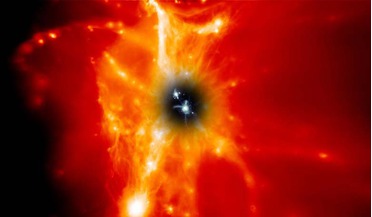 06 June 2016
Galaxies guilty of 'wasting' precious planet building material
06 June 2016
Galaxies guilty of 'wasting' precious planet building material
... hotter than the surface of the Sun – approximately 300,000 degrees Kelvin. To populate a galaxies CGM with heavy elements it takes massive amounts of energy from supermassive black holes and exploding supernovae in violent and long-lasting...
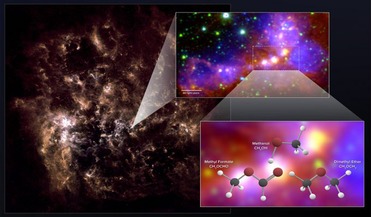 31 January 2018
Surprise find of complex organic molecules in LMC
31 January 2018
Surprise find of complex organic molecules in LMC
... several generations of the star birth and star death cycle to populate a galaxy with heavy elements, and once liberally strewn about, the elements can then become the material with which planets are built. “Young, primordial...
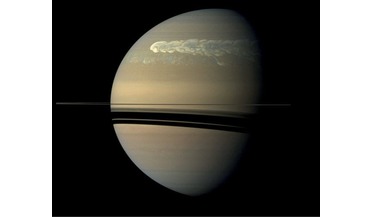 16 August 2021
Saturn's rings help reveal the planet has a "fuzzy" core
16 August 2021
Saturn's rings help reveal the planet has a "fuzzy" core
... radius — substantially more than previous estimates. It is also composed of a diffuse mixture of hydrogen and helium combined with heavy elements, and contains approximately 17 Earth masses of ice and rock, say Mankovich and Fuller. This is contrary...
 19 September 2016
New research challenges ideas on how the Earth was made
19 September 2016
New research challenges ideas on how the Earth was made
.... During this process, a newly coagulated planet warms up and different chemical elements start to separate - heavy elements sink to the bottom, while lighter elements are pushed to the outer layers. A number of chemical changes also take...
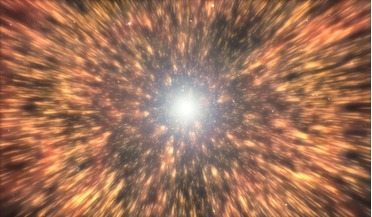 14 November 2016
Mysterious Quark Nova lights up an exploding star for a second time
14 November 2016
Mysterious Quark Nova lights up an exploding star for a second time
... unexplained observations such as titanium enriched supernovae and the processing of elements heavier than iron, as it is suggested that supernova alone cannot produce the heavy element abundance seen in the Sun for example. Those researching the...
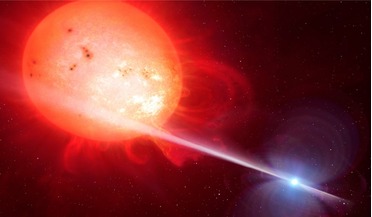 September 2017
Binary stars and their extraordinary lives
September 2017
Binary stars and their extraordinary lives
...peculiar chemical gas from a companion star that made these chemical elements in the past. Today that companion is likely too faint to...-stars merge, not only does the process produce the heavy elements found in our Galaxy, such as gold, platinum and...